Zygomaticus major Muscle
Introduction
The zygomaticus major muscle is also a muscle of the human body. It extends from each of the zygomatic arch (cheekbone) to the corners of the mouth. It is a muscle of facial expression which marks the angle of the mouth superiorly and also posteriorly to allow one to smile. The bifid zygomaticus major muscle is a considerable variant and may cause cheek dimples.
Zygomaticus major muscle is a thin pair of facial muscles that lengthens diagonally from the zygomatic bone (hence the name) to the tip of the mouth. It belongs to the buccolabial group of these facial muscles also along with levator labii superioris alaeque nasi, levator labii superioris, zygomaticus major, zygomaticus minor, levator anguli oris, risorius, depressor labii inferioris, depressor anguli oris, mentalis, orbicularis oris, incisivus superior and inferior and the buccinator muscles. These muscles form the structure and take out the functions of the cheeks and lips.
The primary movement of the zygomaticus major is to pull the angle of the mouth superolateral. In coordination with other buccolabial muscles, it encourages speech and creates facial expressions. Along with risorius, the zygomaticus major muscle contributes to laughing, which is why they are regarded as the “laughing muscles”.
Origin of Zygomaticus major
The zygomaticus major muscles originate from the lateral surface of the zygomatic bone, slightly anterior to the zygomaticotemporal suture and lateral to the origin of the zygomaticus minor muscle. It runs inferomedially over the lateral surface of the maxilla to insert to the angle of the mouth. This extension point is located sideways to the zygomaticus minor and medial to the risorius muscles.
Insertion
zygomaticus major inserted interlaces with other muscles that congregate towards the angle of the mouth, forming a dense, mobile, fibromuscular mass called the modiolus. It is not entirely clear which muscles precisely attach to the modiolus, but specific ones include depressor anguli oris, buccinator, risorius, zygomaticus major, and orbicularis oris muscles.
Zygomaticus major muscles courses diagonally over the anterior surfaces of the buccinator and also masseter muscles. The facial artery and its simultaneous vein run between the buccinator and zygomaticus major muscles.
Nerve supply
Zygomaticus major muscle is innervated by two branches the zygomatic and buccal branches of the facial nerve (CN VII).
Blood supply
Zygomaticus major muscle is especially supplied by the superior labial artery that branches off the facial artery.
Function of Zygomaticus major
As the zygomaticus major muscle contracts, it draws the angle of the mouth at the superolateral. In synergy with risorius, zygomaticus major constructs the expression of smiling. This function is observed by the deepening of the nasolabial groove.
Due to its attachment to the modiolus, the movement of the zygomaticus major is coordinated with those of additional muscles of the buccolabial group. This integrates motions of the cheeks, lips, and chin, enabling various facial expressions and speech.
Cheek dimples: The zygomaticus major muscle is associated with the appearance of cheek dimples in some individuals. Cheek dimples happen due to different deviations of the zygomaticus major muscle. People, who have cheek dimples, usually have diverged zygomaticus major muscles. Before inserting into the connective tissue of the mouth corner, the zygomaticus major muscle occasionally divides into two parts, forming two separate bundles. The split is known as the replication or bifurcation of the zygomaticus major. Skin movements over the disunited result in dimples, for example, when smiling.
Zygomaticus major muscle extends from the zygomatic bone to the angle of the mouth. In the case of a divided zygomatic major, the superior bundle inserts negligibly lateral and superior at the angle of the mouth, while the inferior bundle inserts slightly lateral and inferior.

Clinical significance
The zygomaticus major muscle may be used in reconstructive surgery to substitute lost tissue, such as with injuries to the lips. In Bell’s palsy zygomaticus major muscle generally paralysis.
Treatment
Strengthening Exercises
Sit or stand in front of the mirror while functioning the strengthening exercises so that one can see the movements of your facial muscles. Begin by dragging the corners of the mouth up toward the ears in the position of an extreme smile and then slowly release the smile. Repeat the exercise 20 times. To strengthen the exercise, one can add resistance by placing the backs of the index fingers by the corners of the mouth, palms facing escape from the face. Pull the corners of the mouth upward, opposing the pressure of the fingers. Perform 20 reps.
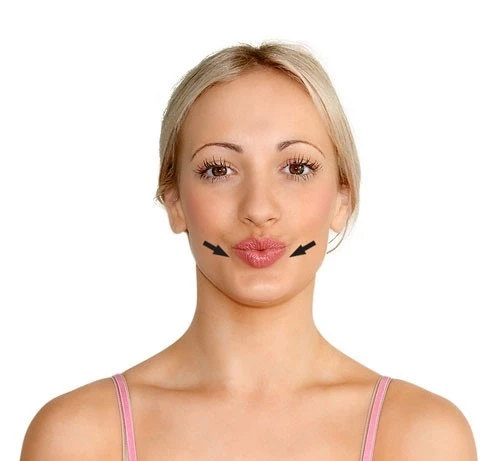
Relaxation
A tense smile or pinched lips can improve the wrinkles around and above your mouth. Perform a relaxation exercise with a gliding stroke to relax the zygomaticus major and zygomaticus minor muscles. For example, initiate by sliding your fingertips from the corners of your mouth up and over your cheekbones. Use a gentle trajectory that stretches from your mouth to your ears, gently massaging the zygomatic muscles. Repeat the exercise a few times. Easing the tension in these muscles that help to move your lips can promote more acceptable speech.
FAQ
What is the function of the zygomaticus major?
The zygomaticus major muscle is a muscle that maintains facial expression, drawing the mouth’s angle upward and outward.
What is the zygomaticus major muscle used for?
Of all the muscles in the face, the zygomaticus major is conceivably the most noticeable. Sitting between the corners of our lips and the upper part of our cheeks influences how we smile. The muscles sit atop the zygomatic bone, otherwise called the cheekbone.
What happens if the zygomaticus muscle is damaged?
The zygomaticus major is a muscle of the face and allows friendly facial expressions. If it is tense or influenced by trigger points, it can trigger pain in the face and forehead.
Why does my zygomaticus major hurt?
Zygomatic arch pain is generally reported by patients visiting the orofacial pain clinic and is majorly accepted to be caused by masseter muscle pain. But a variety of situations may present as orofacial pain in the zygomatic arch area, including life-threatening diseases such as salivary gland tumors.
How do you exercise zygomaticus major?
This exercise helps to firm the muscles maintaining the lip movements. Pucker the lips into a whistling or kissing placement. Hold the pose for a five count before replicating for a total of 10 repetitions.

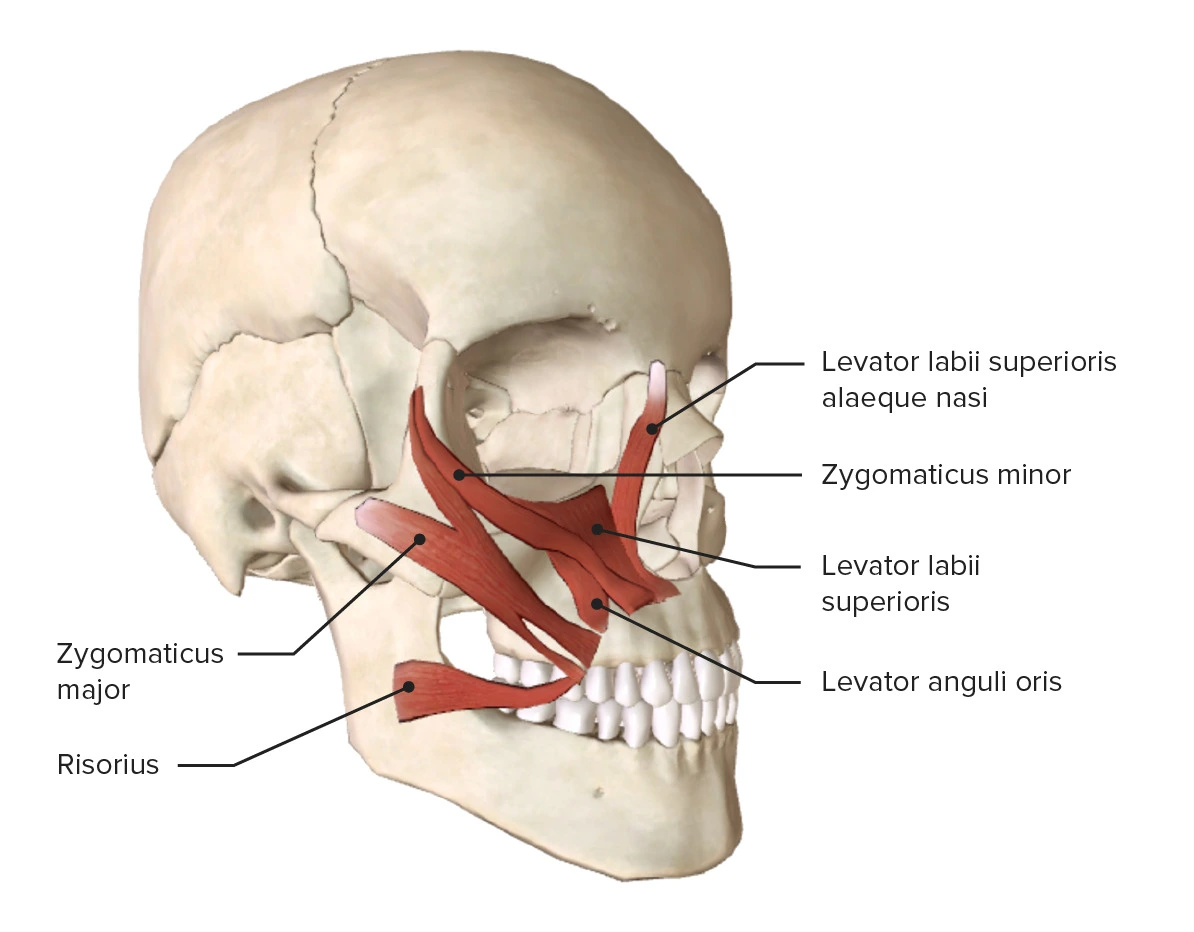
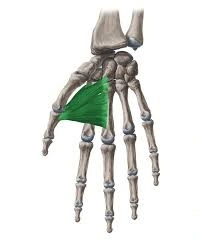
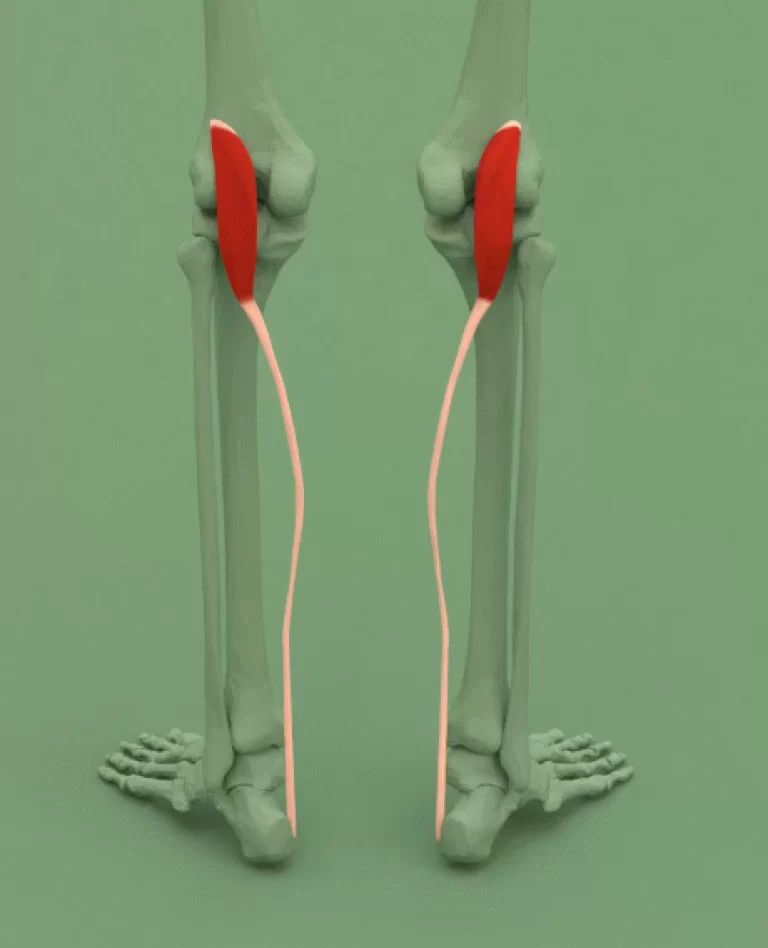
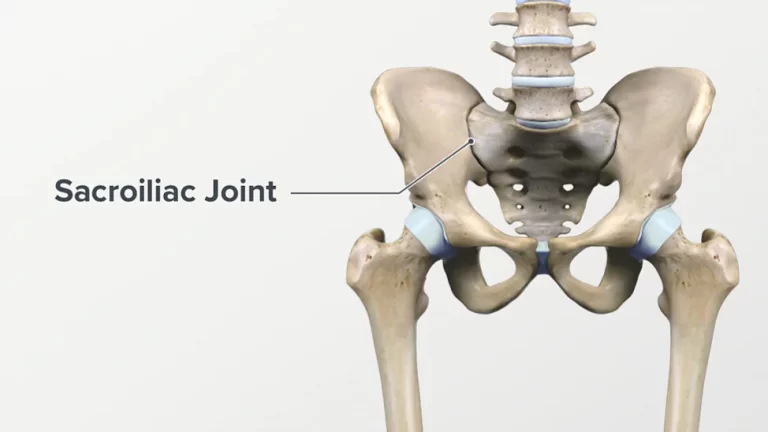


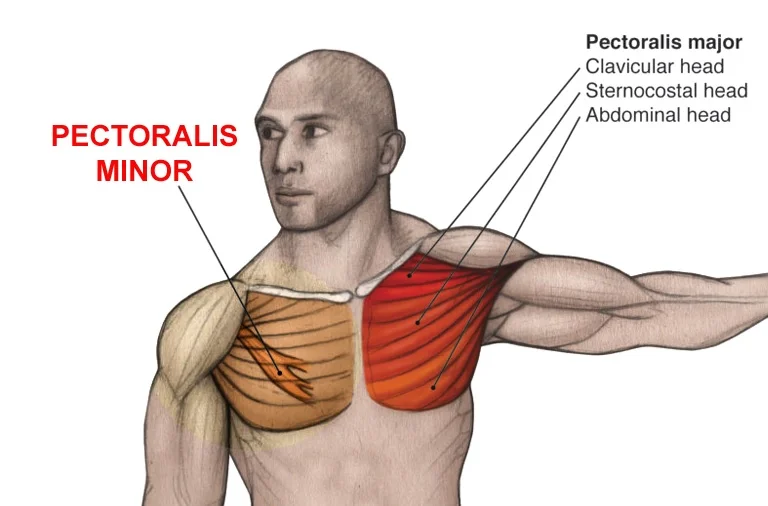
One Comment